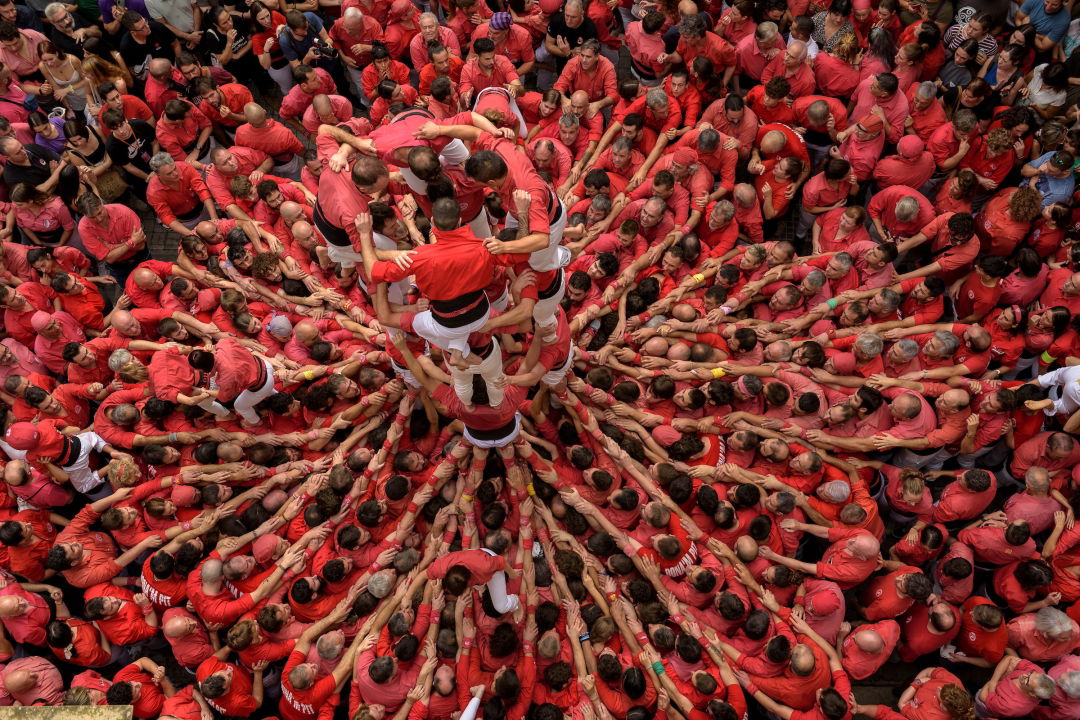Beyond Groupthinking and why Cognitive Diversity fuels Breakthrough and Innovation

While many of us still often think of diversity in terms of ethnicity, gender, or culture, cognitive diversity goes deeper. It encapsulates how people think, how they reason, and how they approach challenges. We saw in the last article that in a workplace context, it means having a mix of analytical thinkers, creative problem solvers, practical decision-makers, and big-picture visionaries. When these different thinkers come together, they can approach problems from multiple angles, which leads to more innovative solutions but also to richer discussions; every meeting sparks new ideas, different perspectives flow freely, and challenges are tackled from all angles. When different minds come together, they each bring their unique way of thinking to the table, and this collective intelligence makes teams far more effective.
Take problem-solving for instance. Imagine facing a challenge where one person focuses on the root cause, another sees the broader context, and yet another comes up with alternative solutions. Each approach shines a light on a different aspect of the problem, which means solutions can be found faster and are more comprehensive. A team with diverse thinking styles doesn’t just address problems from one perspective—they tackle them from all sides, often uncovering innovative solutions that a more homogenous group might miss.
This diversity in thought also fuels creativity. When you mix creative thinkers with those who are more analytical, the outcome is often explosive. The creatives come up with bold, unconventional ideas, while the more pragmatic thinkers find ways to make those ideas practical and feasible. It’s this collaboration between dreamers and doers that turns wild concepts into real-world innovations. The balance between creativity and practicality is key to producing solutions that not only impress but also work.
Cognitive diversity also plays a huge role in decision-making. Teams that lack diversity can easily fall into "groupthink," where everyone follows the same line of thought without challenging assumptions. This can stifle innovation and lead to poor decisions. In contrast, when a team is composed of individuals with varied perspectives, discussions become richer and more thoughtful. Different viewpoints force the group to consider alternatives, question their initial assumptions, and ultimately make decisions that are more well-rounded and informed.
Lastly, adaptability is one of the biggest advantages of cognitive diversity. In today’s fast-changing world, teams that can pivot quickly and adjust to new circumstances are the ones that thrive. A team with a range of thinking styles can approach unexpected challenges as opportunities for growth, not setbacks. They’re more agile and resilient because they’re not confined to one way of thinking. They’re flexible, able to generate multiple solutions, and are better equipped to innovate when the unexpected occurs. In short, cognitive diversity isn’t just a nice-to-have—it’s a powerful tool that drives better problem-solving, sparks creativity, improves decision-making, and makes teams more adaptable in an ever-evolving world.
How Leaders Can Unlock the Power of Cognitive Diversity
Leaders play a crucial role in cultivating an environment where cognitive diversity can flourish. It’s not just about bringing different thinkers into a room—it’s about creating the conditions where their ideas can thrive. And leaders this one is for you now! Here’s how leaders can unlock the power of cognitive diversity and steer their teams toward innovation.
- Recruit for Cognitive Variety: Start by intentionally hiring for diverse thinking styles. Go beyond traditional qualifications and focus on how potential team members approach challenges, solve problems, and think creatively. Don’t just seek candidates who fit a standard mold; look for those who can bring new perspectives and approaches to your team.
- Encourage Open Dialogue: Once you have diverse thinkers in your team, it’s essential to make sure their voices are heard. Create a culture of openness where all ideas are welcomed and respected. Encourage team members to share their perspectives, even if they differ from the majority or challenge the status quo. The goal is to build a psychologically safe environment where bold, unconventional ideas are celebrated.
- Mix It Up: Don’t limit collaboration to like-minded individuals. Cross-functional teams bring together people from different departments and areas of expertise, ensuring a variety of cognitive approaches. This diversity can spark creativity and lead to solutions that no single person or department would have reached alone.
- Rethink Consensus: While consensus can promote harmony, it can also stifle innovation if everyone simply agrees to avoid conflict. Leaders should encourage healthy debate and disagreements to ensure that different perspectives are explored. When teams focus too much on reaching agreement, they might miss out on the best ideas. Instead, foster a decision-making process based on the strength of the idea, not just the number of people supporting it.
- Foster Psychological Safety: For cognitive diversity to truly take hold, team members need to feel safe sharing their ideas without fear of being judged or dismissed. Leaders should build a climate of psychological safety where risk-taking is encouraged, and mistakes are viewed as learning opportunities. When team members know they won’t be penalized for pushing boundaries, they’ll be more willing to offer creative solutions.
By actively fostering cognitive diversity, leaders can empower their teams to reach new heights of creativity, adaptability, and problem-solving. A beautiful metaphor for this is found in the Catalan tradition of “castells”, where individuals physically climb onto each other's shoulders to form human towers, or "castles." Just as in castells, where each person supports the other to rise higher, cognitive diversity enables teams to build on each other’s strengths, offering new perspectives and ideas. The harmony of varied minds working together creates a structure that reaches heights no individual could achieve alone. This approach is more than just a strategy for staying competitive—it’s about elevating your team to new levels of innovation, much like the symbolic top of the beautiful ''castells''.
Thank you for reading!